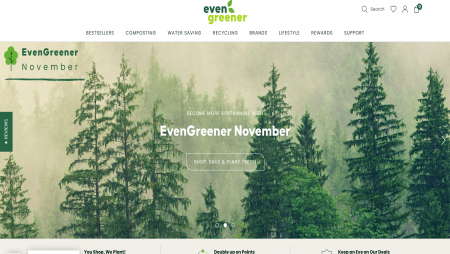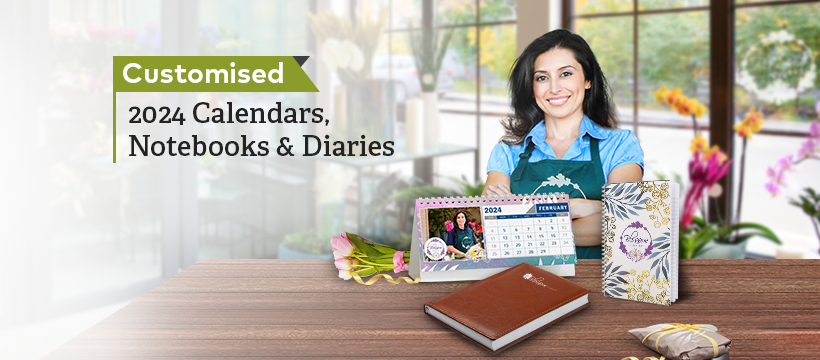

Composting is an essential part of gardening that provides nutrients for your plants, but it can be a bit overwhelming when you have to decide which compost bin is the best for you. Composter’s Advisor has compiled a list of the most popular composting accessories on the market to help you make the right decision.
What are the Different Types of Composting Accessories?
Image Source: Link
Many types of composting accessories are available on the market, and it’s important to choose the right one for your needs. Here are some tips to help you choose the right composting accessory:
- Size: The first step is to decide how much composting material you will produce. Some accessories are designed for small batches, while others can handle large amounts.
- Design: Some gardeners prefer simple designs that don’t require a lot of assemblies, while others may prefer more complex systems with multiple pieces that must be assembled.
- Functionality: Different accessories have different features that can make the process easier or more convenient. For example, some composting bins have built-in sensors that determine when the compost is ready to be used, while others require manual monitoring.
- Cost: It’s important to consider cost when purchasing composting accessories since not all items are equally priced. It’s also important to remember that some items, such as bins and thermometers, may need to be replaced over time due to wear and tear.
Which Ones Should You Buy?
Image Source: Link
When you’re thinking about purchasing composting accessories, there are a few things to consider. The first is how much space you have available for the compost bin. Next, think about what type of composting you’re going to do. There are three main types: aerobic (with oxygen), anaerobic (without oxygen), and mesophilic (which means it prefers moist environments). You’ll also need to decide what kind of composting material you’ll be using. Finally, think about the price and quality of the products.
If you’re starting with composting, then an aerobic composting system is best for you. These systems use oxygen to break down the material and create nutrient-rich soil. Anaerobic systems work well if you have a large amount of organic waste that needs to be disposed of quickly or use materials that can’t easily decompose in an aerobic setting, such as construction debris or pet waste. Mesophilic composting is perfect for people who want to make their organic fertilizer but don’t have a lot of space for a big pile of manure. It works best if your environment is relatively cool and damp.
When it comes to selecting Composting Accessories, there are a few things to take into account. First, consider how much space you have available for the composter and what type you’ll use – aerobic, anaerobic or mesophilic, depending on your preferences.
How to Use Different Composting Accessories?
Image Source: Link
When purchasing composting accessories, there are a few things to consider. One important factor to consider is the composting you will use the accessories. There are three types of composting: vermicomposting (worm composting), anaerobic digestion (AD), and aerobic digestion (AD).
Vermicomposting is the process of using worms to break down organic material into soil-like material and usable nutrients. This composting can be done using a variety of accessories, including a composter with a built-in worm bin, a Bokashi bucket, or an anaerobic digester.
An AD system uses Anaerobic Digestion to break down organic material into biogas and valuable nutrients. These systems can be used with various accessories, including an Anaerobic Digester Kit, an air pump, and holding tanks.
Aerobic Digestion uses air and sunlight to break down organic material into humus and usable nutrients. This composting can be done with various accessories, including an aerobic digester box, aeration stones, or a pile pit.
Some factors to consider when purchasing composting accessories include the size of your system, the type of waste you will be processing, and your budget. Consider which accessory will best suit your needs and purchase it accordingly.
Tips for Making a Good Compost Pile
Image Source: Link
Choosing the right composting accessory can make your life much easier when keeping your compost pile organized and efficient. Here are a few tips to help you choose the right accessory for your needs:
- When choosing a compost bin, consider its size. A small bin will allow you to compost only small items, such as leaves, while a large bin will be able to accommodate larger items, such as branches.
- Choose a composting accessory that is compatible with your specific composting method. For example, an aerobic composter requires nitrogen-rich materials like legumes to function properly, so a nitrogen additive may be necessary if you use this composter.
- Consider the type of material you’ll be composting. Compostable materials include leaves, grass clippings, food scraps, and wet paper towels. Make sure the accessory you buy is designed to handle the specific types of materials you’ll be using it for.



